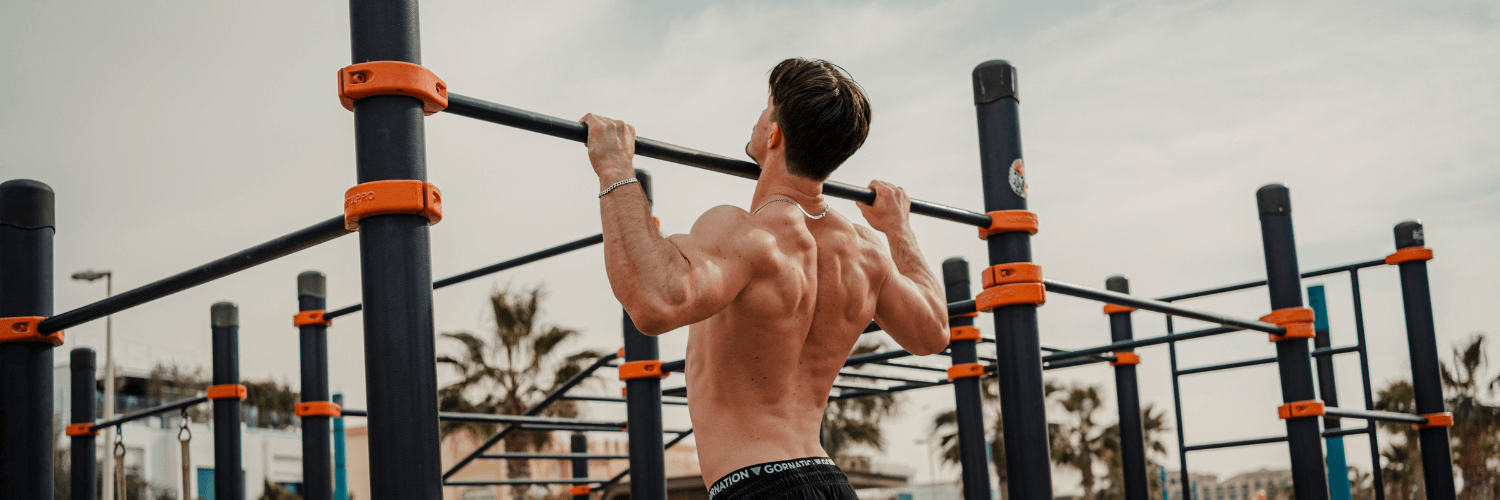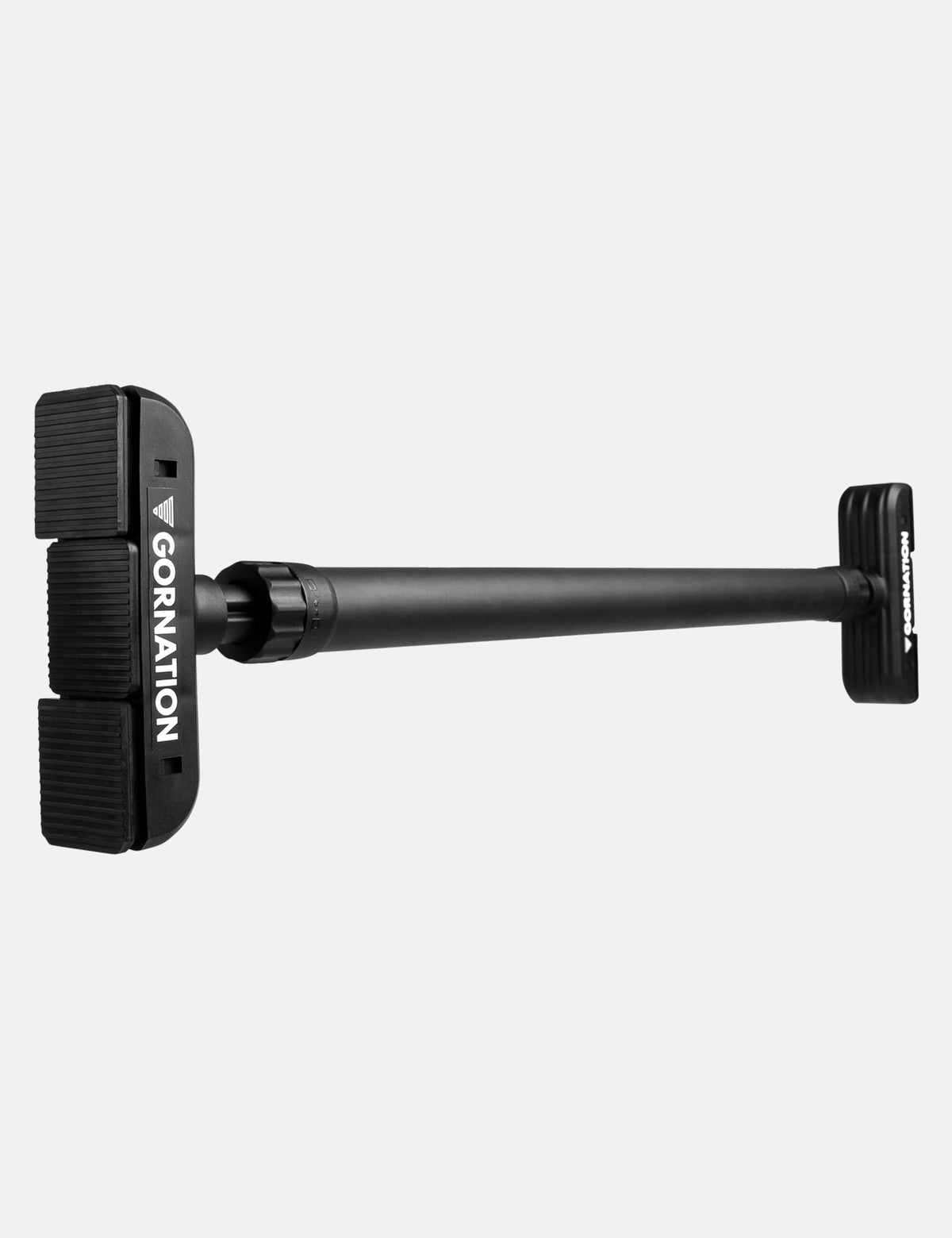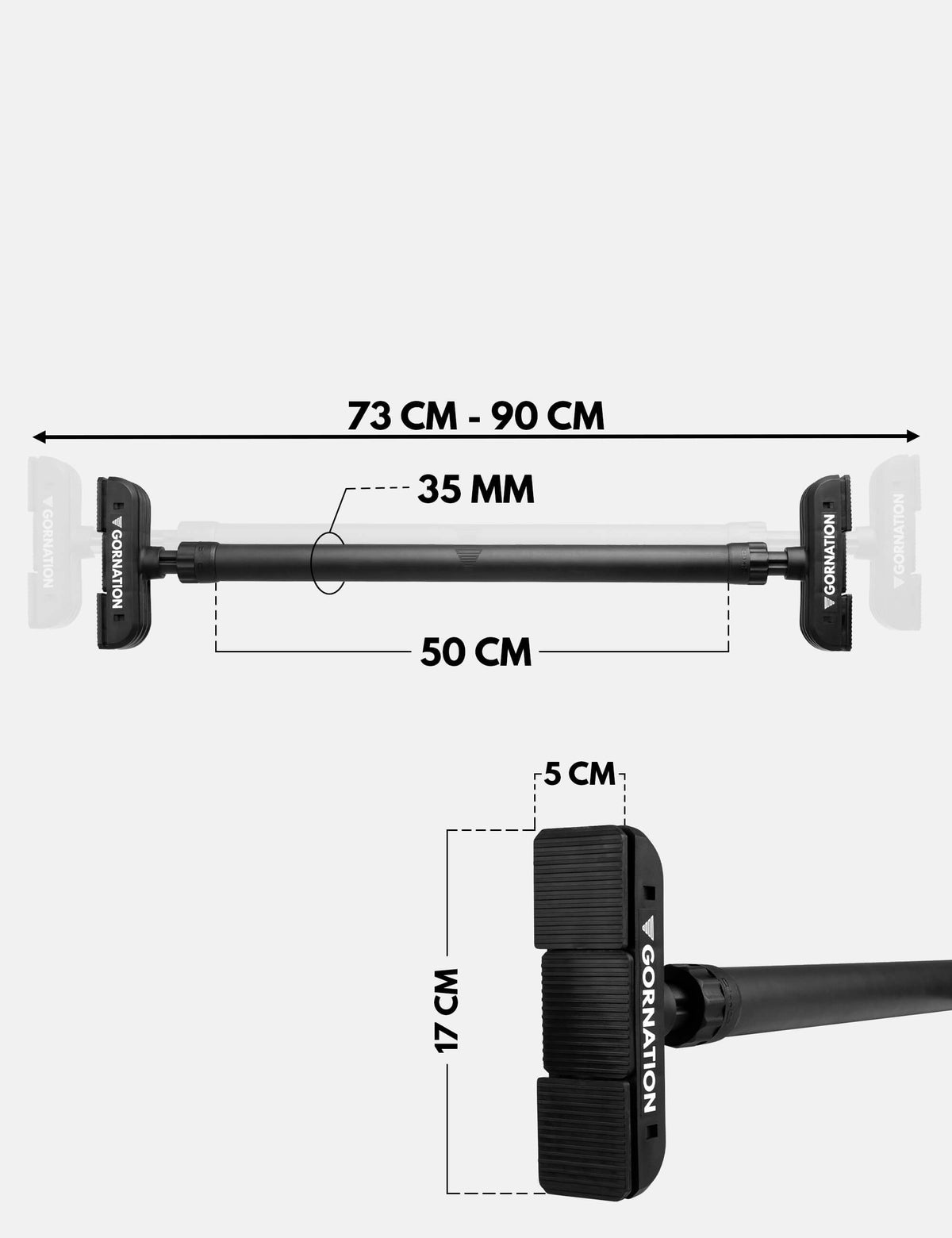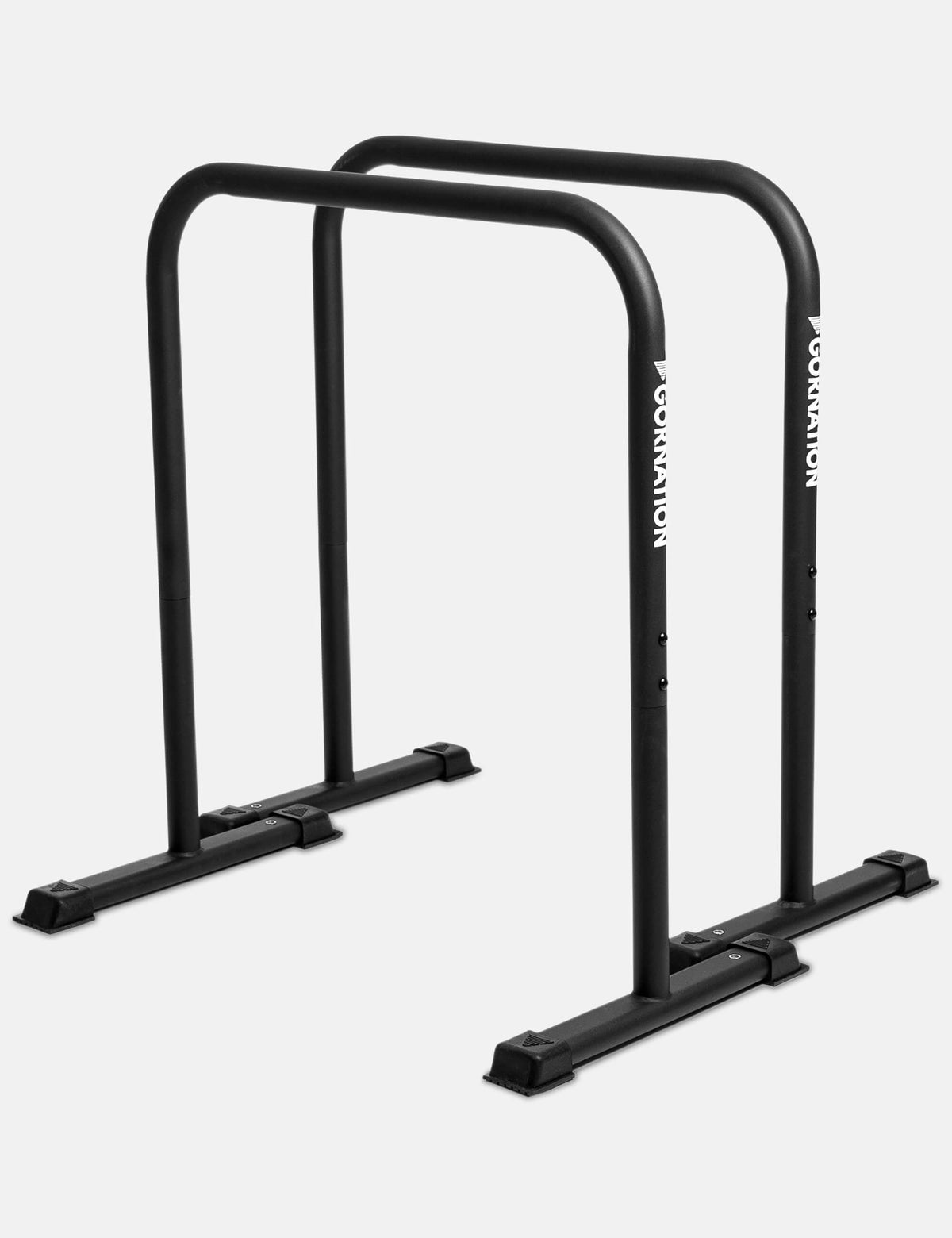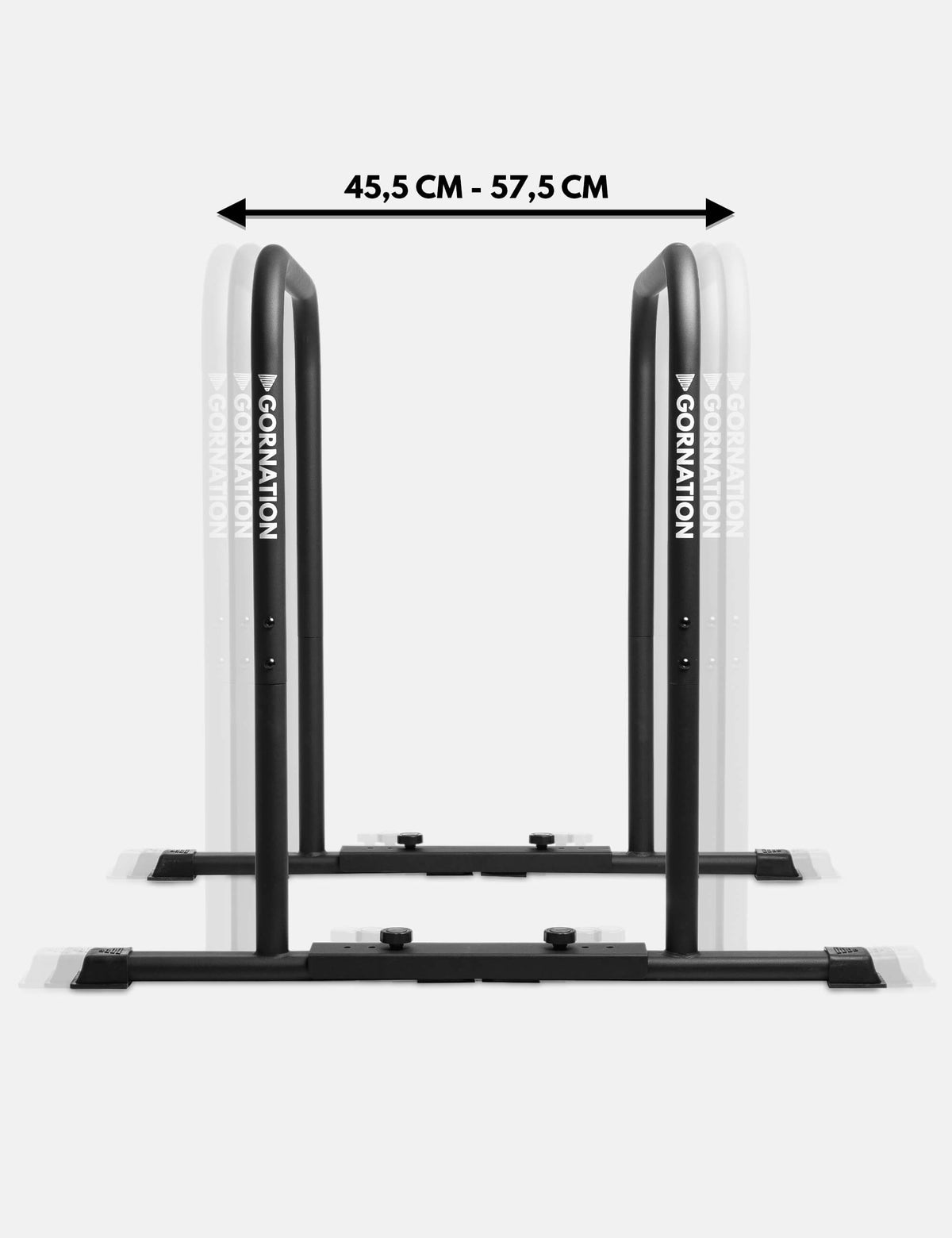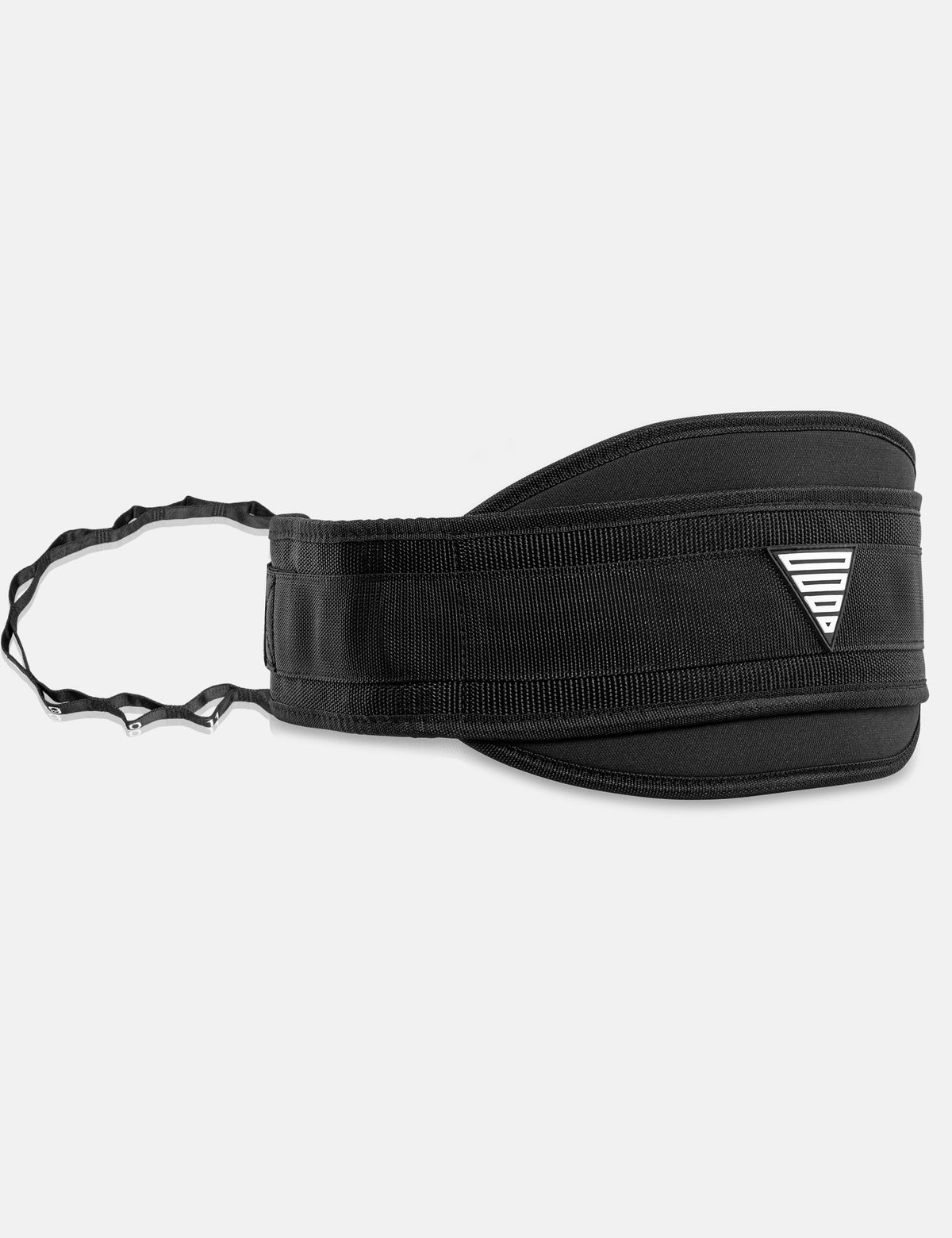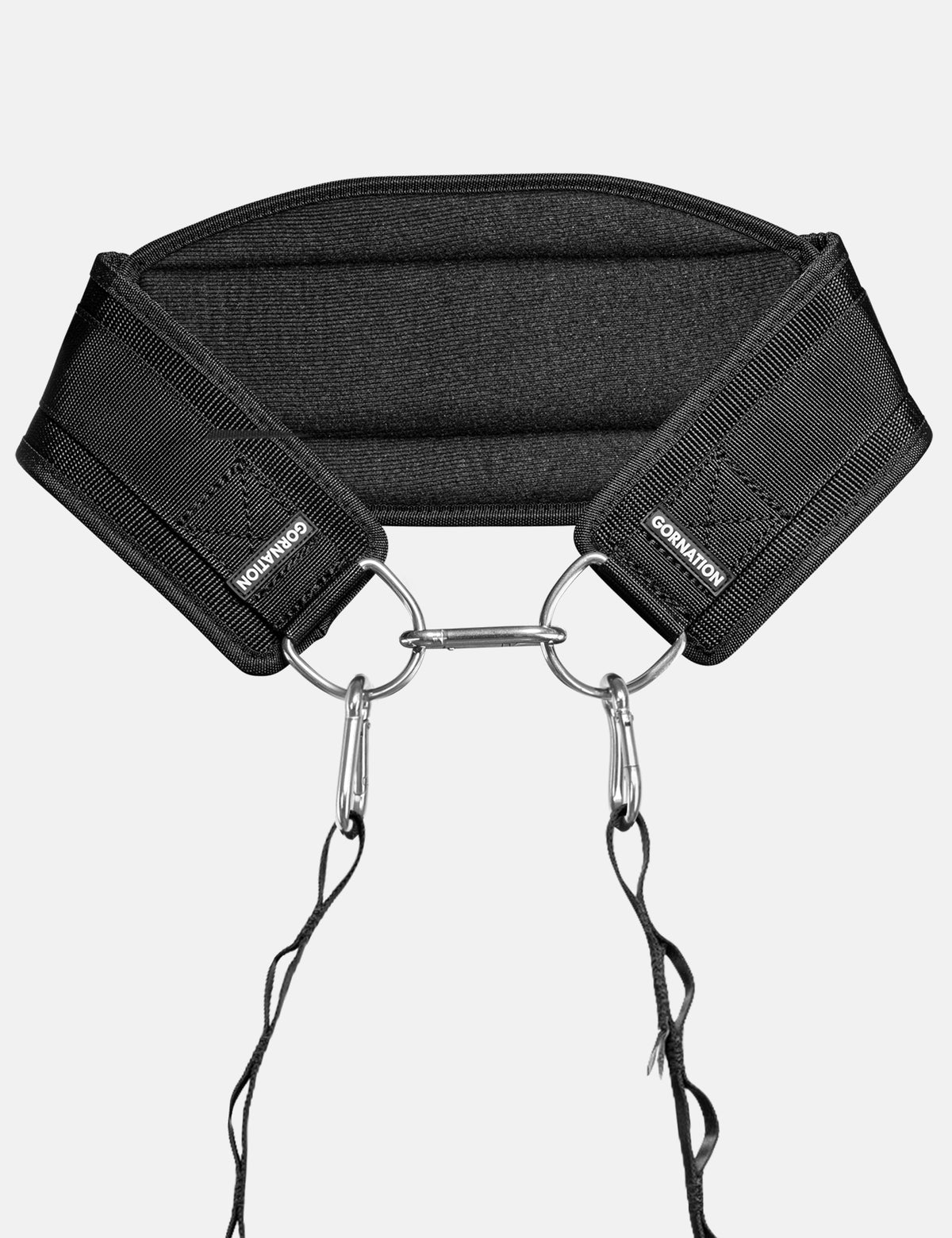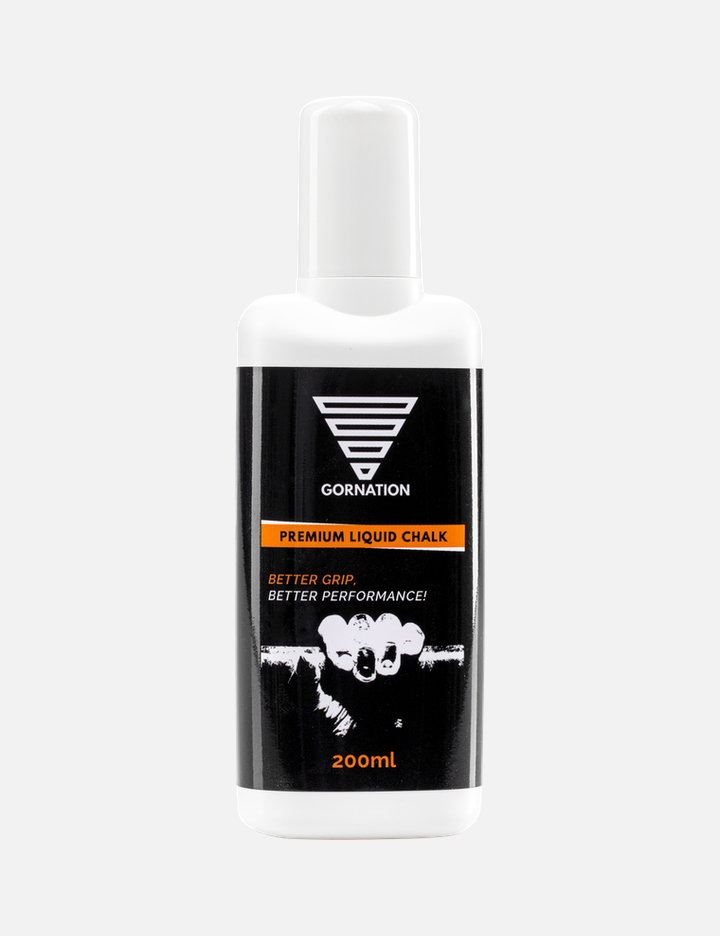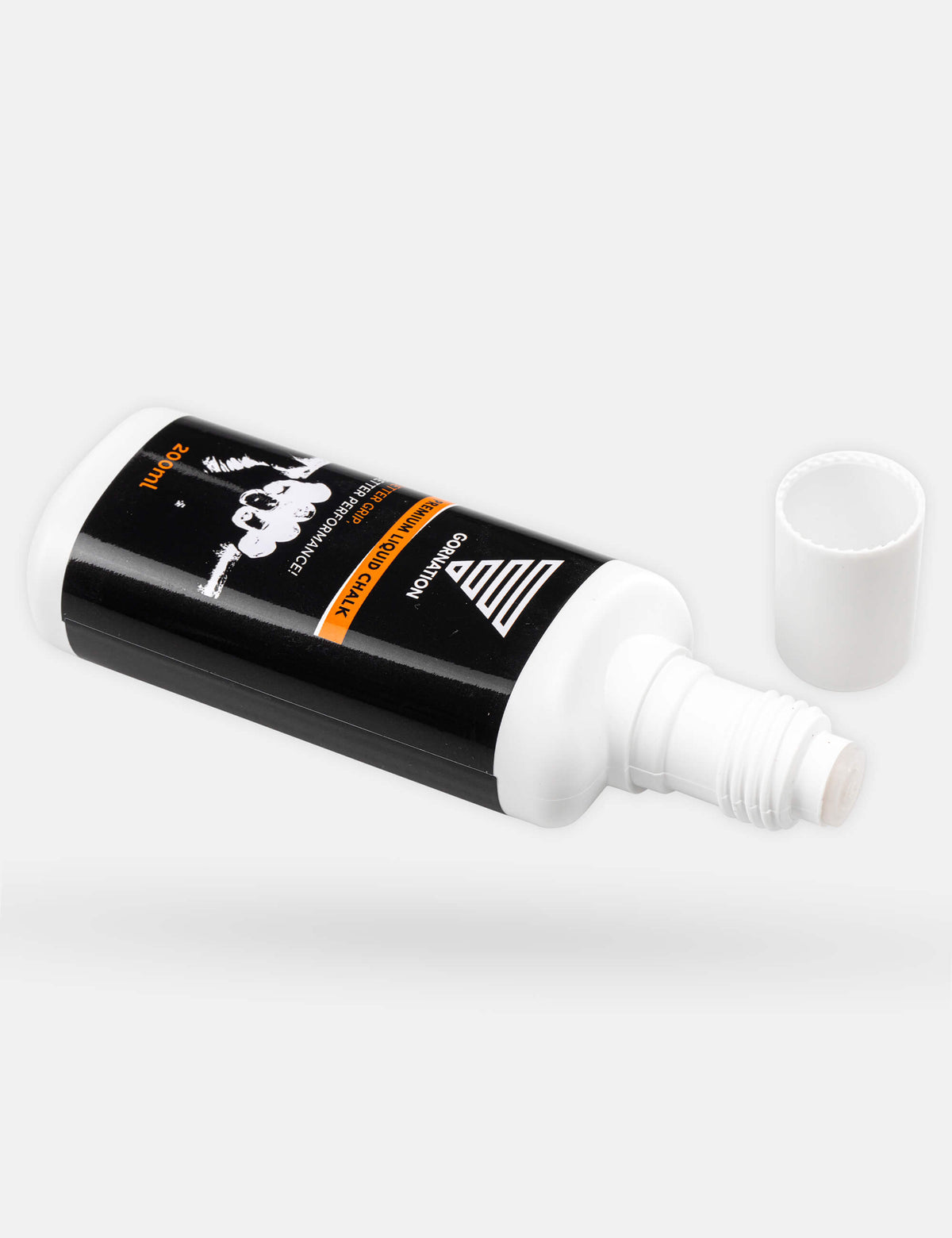The final Monday of May has arrived, and with it comes the fourth and final part of our Community Challenge series! Week 1 kicked off with an intense AMRAP challenge on the Dip Bars, followed by a Speed Challenge using Workout Rings in Week 2, and then a powerful Parallettes AMRAP in Week 3. Now it’s time to take your skills to the Pull Up Bar. This last challenge will test your upper body strength, grip, and core endurance through a high-intensity AMRAP session. Whether you’ve been part of the challenge from week one or you’re jumping in for the first time, now is the perfect time to finish strong.
Challenge #4 – The Full Body AMRAP with Pull Up Bar
This week’s workout is structured as an AMRAP – short for “As Many Rounds As Possible.” You’ll have 20 minutes on the clock to complete a sequence of five exercises using just your pull up bar and bodyweight. Your mission: complete as many rounds as possible while maintaining clean form and steady pacing.
Here’s how the workout goes:

You’ll kick things off with five pull ups – a classic upper body movement that tests your back, arms, and grip strength right out of the gate. Next, you transition into ten knee raises, engaging your core and hip flexors with every controlled lift. From there, you’ll hang on the bar for ten seconds in a dead hang, reinforcing grip endurance and shoulder stability. After dropping down from the bar, hit the ground for ten push ups – either on the floor or using parallettes – keeping your body tight and controlled from head to toe. You’ll finish the round with twenty bodyweight squats, getting your legs involved and keeping your heart rate up before jumping straight into the next round.
It’s a simple but effective circuit that hits your upper body, core, and legs – a true full body challenge. Each round builds on the last, and as fatigue kicks in, your mental focus becomes just as important as your physical strength.
You can take breaks whenever you need, but the real goal is consistency: move with intention, maintain your form, and stay active for the full 20 minutes. Whether you complete 3 rounds or 13, it’s about pushing your personal limits.
Why the Pull Up Bar Is a Must-Have in Calisthenics
When it comes to building functional upper body strength in calisthenics, there’s hardly a tool more effective and essential than the pull up bar. It’s simple, space-efficient, and opens the door to countless exercises that challenge your entire body. Whether you’re training indoors on a mounted bar or using a setup at your local park, the pull up bar is your go-to foundation for real progress.
Why? Because it activates multiple muscle groups at once. Every time you pull yourself up, hang, or raise your knees, you're not just working your arms – you’re also engaging your back, shoulders, core, and grip. The bar trains raw pulling strength, improves posture, and builds the kind of upper body control that carries over into advanced calisthenics skills like muscle-ups, front levers, and beyond.
It’s also one of the few tools that fits into any environment. Whether you're a beginner working on assisted pull ups or an advanced athlete adding weight with a dip belt, the pull up bar adapts to your level. It supports progressive overload, lets you track improvements over time, and gives you a consistent challenge without needing a full gym.
Bottom line: if you’re serious about calisthenics, the pull up bar isn’t just nice to have – it’s a must have. It’s where most of your strength-building journey begins and where it continues to evolve.

Tips to Crush the Challenge Like a Pro
To make the most out of this challenge, it’s not just about going all in – it’s about being smart in your approach. Here are a few practical tips that will help you get through the 20 minutes stronger, safer, and more focused.
First things first: warm up properly. Spend 5–10 minutes getting your body ready, especially your shoulders, wrists, and hips. Focus on mobility drills and light activation exercises. This will reduce the risk of injury and help you perform better from the very first round.
One of the biggest game-changers? Pacing. Don’t treat the first minutes like a sprint. Instead, find a rhythm you can maintain. It’s better to move consistently than to burn out after two rounds. Focus on clean technique and breathe consciously – staying calm helps you last longer.
And finally, record yourself if possible. Not only is it great for reviewing your form, but it’s also a powerful motivator. You’ll be surprised how much progress you can track just by watching your own videos over time. Plus, it’s a great way to share your journey and connect with others doing the challenge.
How to Join Challenge #4
Joining this challenge is easy – and the best part is: you’re doing it together with athletes around the world. Whether you're training at home, in the gym, or outside in the park, all you need is 20 minutes, your body, and a pull up bar.
To take part, simply complete the workout anytime between Monday and Sunday. Set a timer for 20 minutes and go through the full sequence – 5 pull ups, 10 knee raises, 10 seconds dead hang, 10 push ups, and 20 squats – as many times as you can. Count your total rounds, and if you finish mid-round, note your reps too.
Once you're done, share your result on Instagram. You can post a story, reel or photo – however you like. Just make sure to tag GORNATION, so others can see your effort and cheer you on. There’s no prize – but what you’ll gain in strength, consistency, and community is worth even more.
Whether it’s your first ever calisthenics challenge or one of many, this is your moment to push through and feel proud of what you’ve achieved.

Must-Have Equipment for the Challenge
To get the most out of this challenge, having the right tools at your side can make a big difference. While your own bodyweight is the main resistance, a few smart pieces of equipment will support your performance, reduce injury risk, and help you scale the workout to your level.
At the top of the list is, of course, a pull up bar. Whether it’s a wall-mounted version or a portable bar for your doorway, this is the centerpiece of the workout. A stable and secure bar allows you to train safely and perform exercises like pull ups, knee raises, and dead hangs with confidence.
For this challenge, liquid chalk helps you stay in control during pull ups, knee raises, and dead hangs by improving your grip and preventing slips – especially useful on outdoor bars or in longer sets.
Wrist wraps give your wrists extra stability during push ups and hanging movements, reducing strain and helping you maintain form throughout the 20 minutes.
If pull ups are still tough or you want to keep your technique clean as fatigue sets in, resistance bands are the perfect tool to scale the exercise while still building strength.
And for advanced athletes looking to step it up: using a dip belt or weight vest adds intensity – just make sure your form stays clean as the rounds add up.
A Strong Finish – But Not the End
The final challenge is a chance to reflect on your journey, test your progress, and end the month on a high note. But this isn’t where it stops – it’s only the beginning.
If you enjoyed the challenges, there’s plenty more to explore. From pull-up guides to training plans, we’re here to support your calisthenics journey.
Train hard, stay consistent, and let’s grow together – one rep at a time.
 | 4.500+ Reviews
| 4.500+ Reviews Free EU Shipping above 100€*
Free EU Shipping above 100€* 300.000+ Customers Worldwide
300.000+ Customers Worldwide Worldwide Tracked Shipping
Worldwide Tracked Shipping
